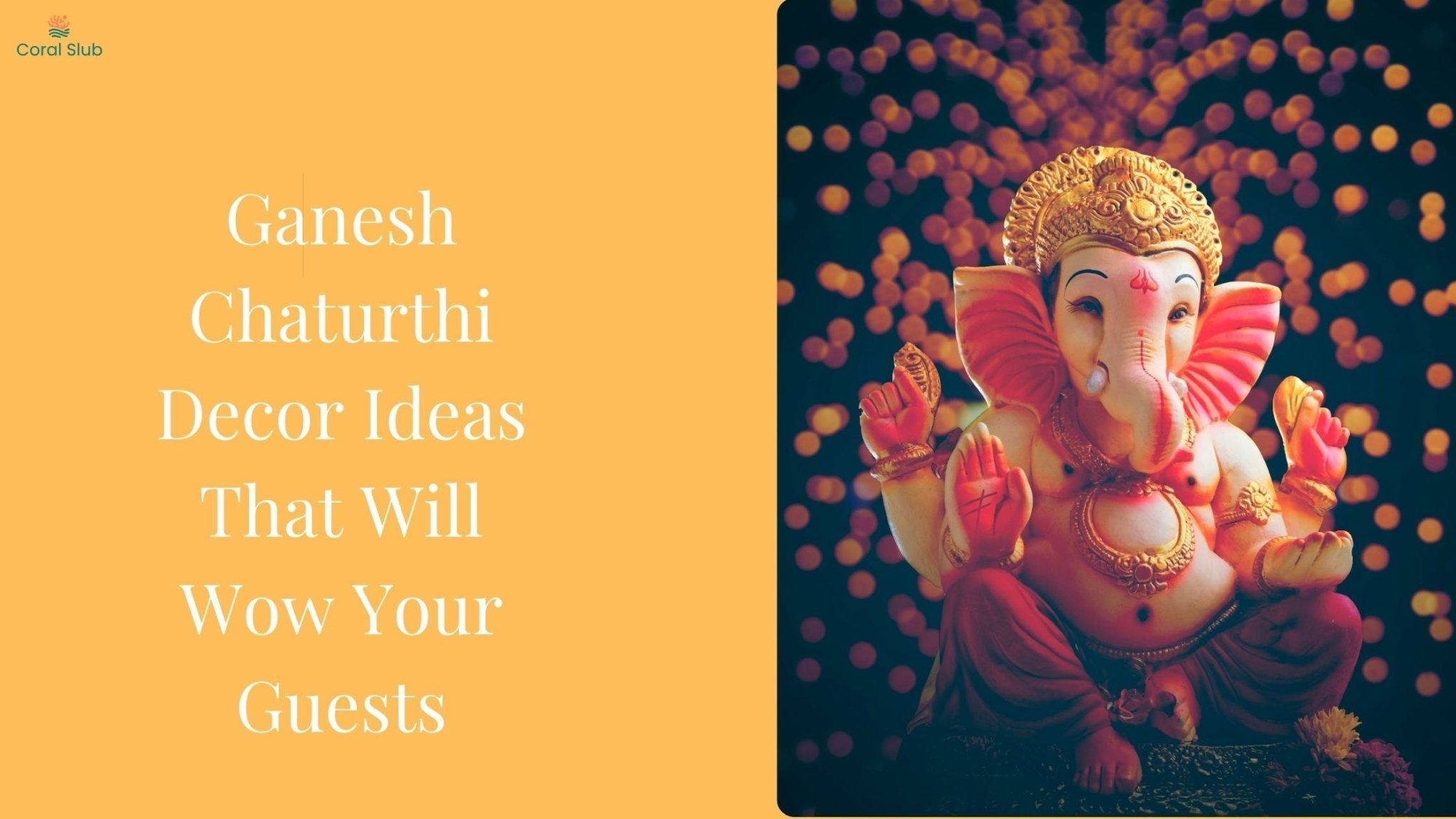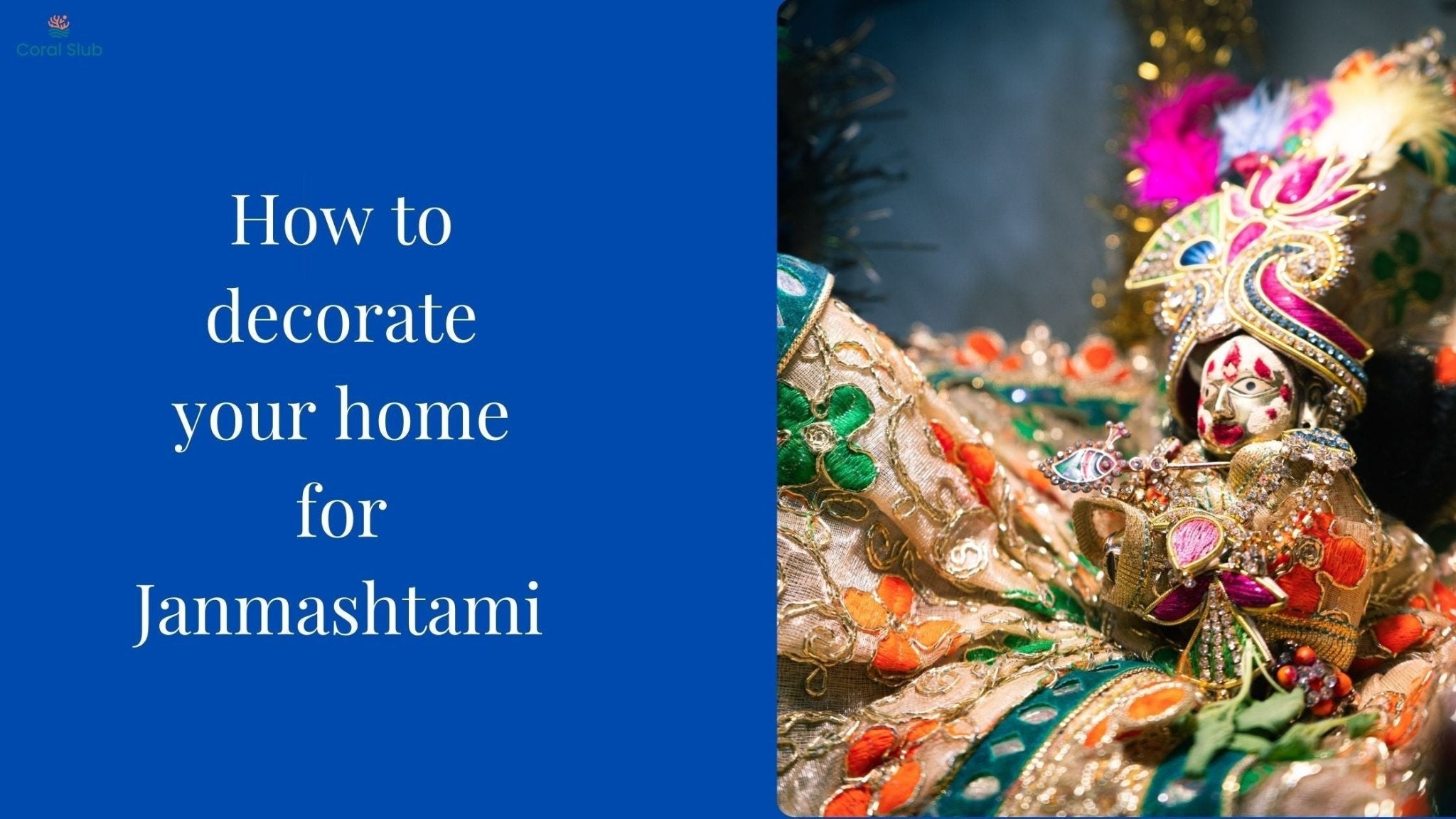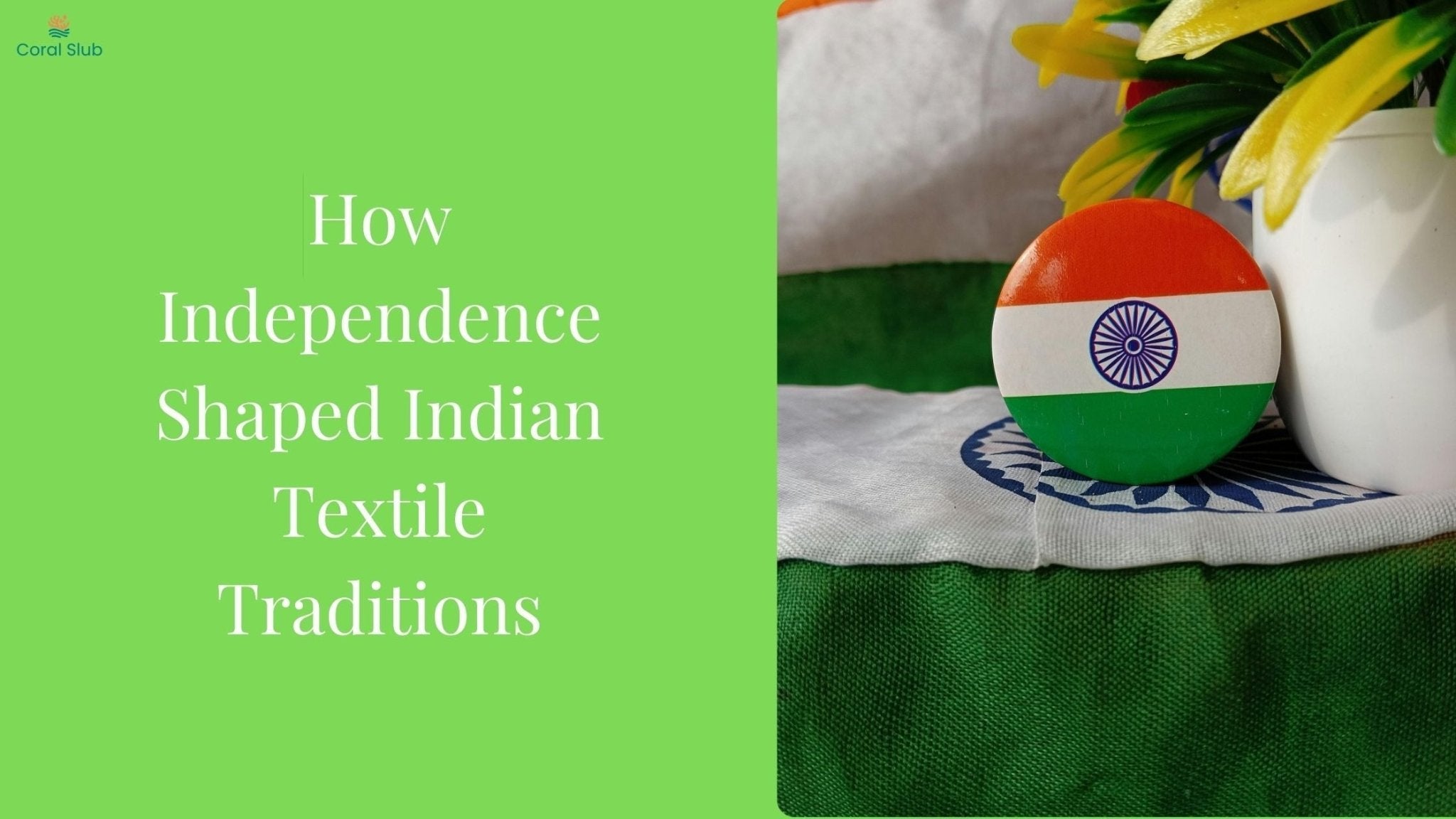What are the major embroidery styles in India and how can they be used in home interiors?
India’s embroidery heritage is incredibly diverse, reflecting centuries of regional artistry, cultural expression, and storytelling through threadwork. These styles are not just meant for clothing. They are also making a refined, handcrafted statement in home decor.
From the delicate stitches of Lucknow’s chikankari to the vivid threads of Gujarat’s mirror work, embroidery brings texture, depth, and heritage into modern Indian homes. Whether on wall art, cushion covers, or curtains, embroidered textiles offer a personal and timeless touch to interiors.
The Rich Embroidery Traditions of India
India's regional embroidery styles are shaped by climate, history, and local materials. Each style carries symbolic motifs and distinct techniques, often passed down through generations. Below are some of the most celebrated types of Indian embroidery and their relevance to modern-day decor.
Chikankari (Uttar Pradesh)
Chikankari in Home Decor
In home interiors, chikankari brings a subtle sophistication to cushion covers, curtains, and table linens. The embroidery softens the texture of the textile and works beautifully in minimalist, boho, and traditional settings.
Coral Slub’s chikankari cushion covers showcase this heritage with a contemporary twist. Made from breathable cotton, each piece balances tradition with comfort. The pastel palette and fine detailing make them ideal for bedrooms, living rooms, or reading corners where calm textures are desired.
Kantha (West Bengal)

Kantha embroidery is a simple running stitch traditionally used to upcycle old sarees and dhotis into quilts. Today, it is celebrated for its raw beauty and irregularity, often featuring folk motifs and layered stitching.
Kantha in Home Decor
Kantha is popular in cushion covers, wall hangings, and throws. Its handmade feel adds warmth and character, especially to eclectic or rustic interiors. The tactile quality of Kantha embroidery also makes it suitable for casual, lived-in spaces.
Phulkari (Punjab)

Phulkari, meaning "flower work," is known for its bold, geometric floral motifs stitched in bright silk threads on coarse cotton. It was traditionally made by Punjabi women to mark special occasions and is deeply rooted in celebration.
Phulkari in Home Decor
Used on cushion covers, tapestries, and framed panels, Phulkari brings color and vibrancy into the home. It pairs well with solid furniture and neutral backdrops, creating focal points through contrast.
Mirror Work and Kutch Embroidery (Gujarat)

Kutch embroidery is characterized by intricate threadwork combined with mirrors, beads, and sequins. The technique involves chain stitches and bright colors, often forming abstract or mythological patterns.
Kutch Embroidery in Home Decor
This style adds energy and texture to boho-inspired interiors. Mirror work cushion covers or wall art are perfect for casual seating areas, verandas, or festive settings. When paired with other earthy materials like cane and jute, the look becomes vibrant yet grounded.
Zardozi (Delhi, Uttar Pradesh)

Zardozi is regal embroidery involving gold and silver threads, often embellished with pearls and precious stones. Historically used to decorate royal garments, it is now found in luxury decor.
Zardozi in Home Decor
Zardozi embroidery is ideal for occasional or festive home accessories, such as accent cushion covers, runners, or wall hangings. It lends opulence to formal areas like drawing rooms or pooja corners.
Banjara Embroidery (Rajasthan)

This embroidery style is often practiced by nomadic communities. It features vibrant threads, mirrors, cowries, and bold geometric patterns. The result is a colorful and energetic textile with a strong tribal aesthetic.
Banjara in Home Decor
Banjara embroidery is best suited to casual, eclectic homes. When used on cushion covers or framed fabric panels, it brings authenticity and cultural vibrancy to a space. It also works well with layered, bohemian styling.
Embroidery in Coral Slub’s Cushion Collections
At Coral Slub, embroidery is not just an aesthetic detail. It is a way to honor tradition while creating comfortable, modern living spaces. The embroidered cushion collection includes:
-
Chikankari cotton cushion covers for a light, elegant touch
-
Thread embroidered designs inspired by Mughal floral patterns
-
Tone-on-tone embroidery that adds subtle dimension without overpowering the room
Each piece is made in small batches by artisans using breathable fabrics, making them suitable for daily use in Indian climates. These cushions are perfect for softening sofa sets, adding interest to bedroom decor, or creating cozy reading corners.
How to Style Embroidered Home Textiles
-
Keep the backdrop minimal so the embroidery becomes the highlight
-
Mix embroidered pieces with solids to balance detail and visual weight
-
Rotate by season, using lighter styles like chikankari for summer and heavier textures like Kantha for winter
-
Frame small embroidered textiles as art instead of wall decals
Embroidered accents pair well with block prints, wooden furniture, brass accessories, and handwoven rugs to create a layered, thoughtful living space.
Final Thoughts
Embroidery in India is more than just a craft. It is a legacy of storytelling, regional identity, and everyday beauty. Bringing these styles into your home, whether through a single chikankari cushion or a vibrant Kantha throw, is a way of grounding your interiors in heritage while embracing contemporary comfort.
By supporting hand-embroidered textiles like those from Coral Slub, you not only enrich your living space but also empower artisans who keep these traditions alive.








